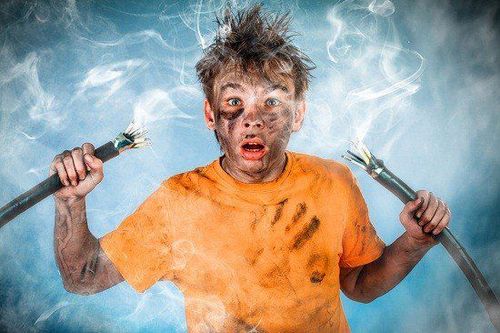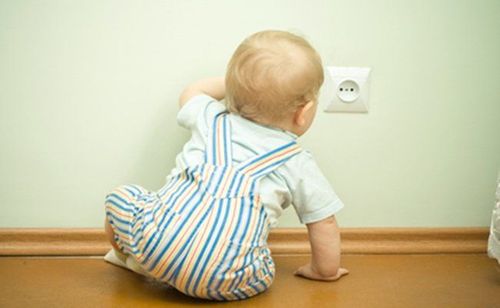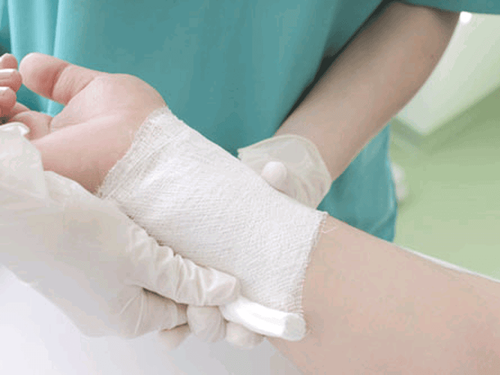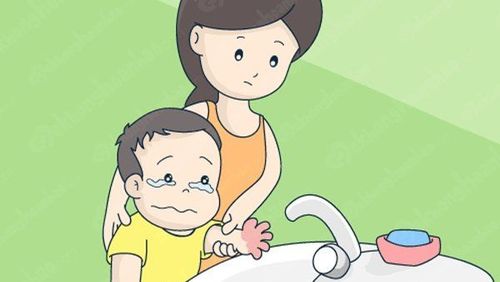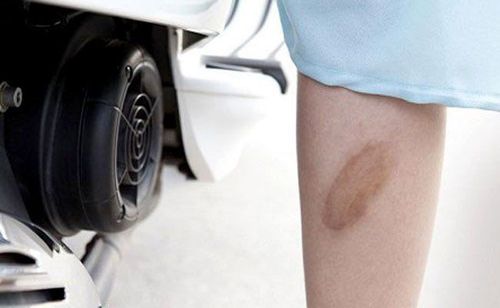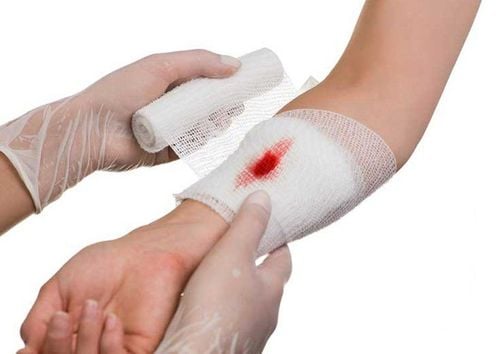This is an automatically translated article.
The article was written by Specialist Doctor I Nguyen Cong Hoa - ICU Doctor, Intensive Care Department - Vinmec Times City International General HospitalA burn is an injury to the skin or other organic tissues primarily caused by heat or by radiation, radiation, electricity, friction, or chemical exposure. Radiation from the sun, heat can directly affect fire, hot liquids or hot objects, and sometimes hot gases.
1. Classification of burns?
Chemical burns are caused by exposure to dry or wet chemicals. Electrical burns from contact with electrical conductors, or arcs. The burn site can be on the face, hands, feet and in the neck, genitals is dangerous.
Burns can cause great damage to the body. It can cause painful shock, massive wounds, possibly infection, organ failure, and even death.
The rescuer's highest priority is personal safety.
If the victim is on fire, ask them to roll out of the fire.
If victim comes into contact with electricity DO NOT TOUCH them until the power is off.
2. First aid for burns
| Bỏng nhẹ | Bỏng nặng |
|
Các dấu hiệu và triệu chứng: → Đau, đỏ → Sưng, phồng rộp Sơ cứu: → Bộc lộ vết bỏng |
Các dấu hiệu và triệu chứng: Diện tích bỏng lớn, cháy đen, bệnh nhân vô cùng đau đớn, kêu la, bất tỉnh Sơ cứu: |
|
→ Làm mát vết bỏng bằng nước lạnh và tiếp tục cho đến khi cơn đau giảm bớt → Sau khi đỡ đau, phủ một lớp mỡ bạc (Silvirin) băng lại bằng băng vô trùng hoặc băng sạch → Tránh va chạm trực tiếp vào vết Thương. → KHÔNG làm vỡ mụn nước hoặc bôi bất kỳ thuốc mỡ hoặc chất khác |
→ Quan sát nhanh đánh giá các dấu hiệu nguy hiểm cho người cấp cứu, nếu môi trường an toàn tiếp cận nạn nhân đánh giá các dấu hiệu sống còn như: Ý thức còn tỉnh hay hôn mê. Hô hấp còn thở hay không thở, thở nhanh, suy hô hấp. Tuần hoàn có mạch hay không. → Gọi 115 và kích hoạt đội cấp cứu ngoại viện. → Tiến hành các cấp sơ cứu cho nạn nhân nếu Bạn biết làm. |
2.1 First Aid for Minor Wounds Minor Wounds include scratches, lacerations, punctures, and lacerations. The most important thing to pay attention to with any open wound is controlling bleeding and infection.
Signs and symptoms:
Bruising or cutting deep into the skin Bleeding - can be more or less depending on the location of the wound, if it is near blood vessels such as wrists, popsicles, thighs, neck can lose blood Lots of bruising and pain Signs of infection around the wound: Hot, red, painful swelling Signs of shock rapid pulse, low blood pressure, sweating, sluggish consciousness First aid :
Clean the wound with antibacterial solutions soap and physiological saline, Betadine... clean if there are foreign bodies.
Cover the wound with a sterile dressing. Put gauze to compress the wound if it is bleeding, quickly go to a medical facility to stitch the wound.
Bruises, trauma, hematoma under the skin Signs and symptoms:
Pain and swelling Discoloration: new bruises will be dark purple / old bruises will fade to greenish yellow.
First aid:
Apply ice to the wound to relieve pain, reduce bruising and swelling.
Taking care to avoid further injury from ice in the ice area, place a towel or thin cloth between the skin and the ice. Limit continuous ice application, every 20 minutes, pause for 20 minutes and reapply.
Puncture wounds, trauma from being crushed or pressed For example: finger stuck in a door.
Signs and symptoms:
Pain and swelling Discoloration and sometimes deformity of the affected area First Aid:
Apply ice as you would for a bruise If not relieved, take extra pain reliever Paracetamol If painful glare, loss of sensation, or weakness, or paleness in the skin of the bruised limb should immediately go to a medical facility for examination and x-ray.
Heavy bleeding Urgent action steps:
Assess is the surroundings safe? If not, get out of there. Only move the patient if it is absolutely safe and necessary.
Assess victim – Tap shoulder (see if awake) or shout name if patient is known. Got feedback?? Otherwise is unconscious? Wound assessment:
Location? Shape? Size? (the shallow depth, the narrowness...). The state of bleeding, blood seeping into clothes? Is there a foreign body? With or without: bones, blood vessels. Urgent action is to stop bleeding and control bleeding for the victim is to prevent the risk of shock due to blood loss If more help is available immediately call 911, if you are alone, you are the one to perform the emergency. call. Apply pressure directly to the wound.
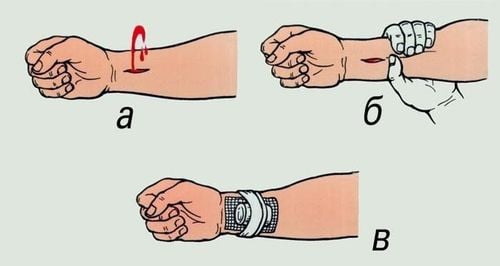
The picture below is the pressure points to stop bleeding on the body.
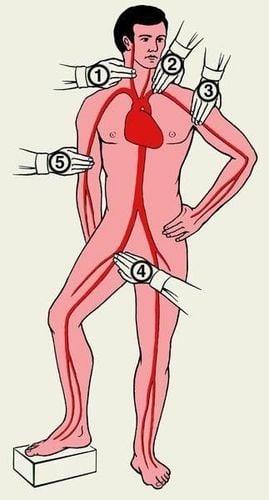
May take off or cut off clothing so that the wound can be seen. Place gauze directly on the wound. Apply firm, direct pressure with your hands or over the wound. If the victim is conscious, you can ask the victim to assist with compressing the gauze with his hand. Put sterile gauze to cover the wound Use bandages, adhesive bandages or elastic bandages to stop bleeding, during the dressing process, you can ask the patient about the tightness of the bandage. With crushed wounds or broken bones, use a splint to fix the bleeding. For large vascular wounds that cannot be compressed, the bleeding must be stopped and the garo card must be recorded (the time to place the garo). Check circulation in the extremities or tissues below the bandage Place the patient in a comfortable position Ensure a clear airway for the casualty. Keep victim warm If blood loss is suspected, keep head low and legs high. Airway foreign body
Victim conscious:
Quickly ask, "are you choking?" If the victim nods in agreement, or becomes unable to speak and coughs, act quickly. The first aid person stands behind the victim's back, puts his arm in front of the victim, holds the right hand, the left hand holds the right hand, closes to the epigastric area, jerks the arm towards the diaphragm in the direction from bottom to top. The procedure can be repeated several times until the object is ejected;
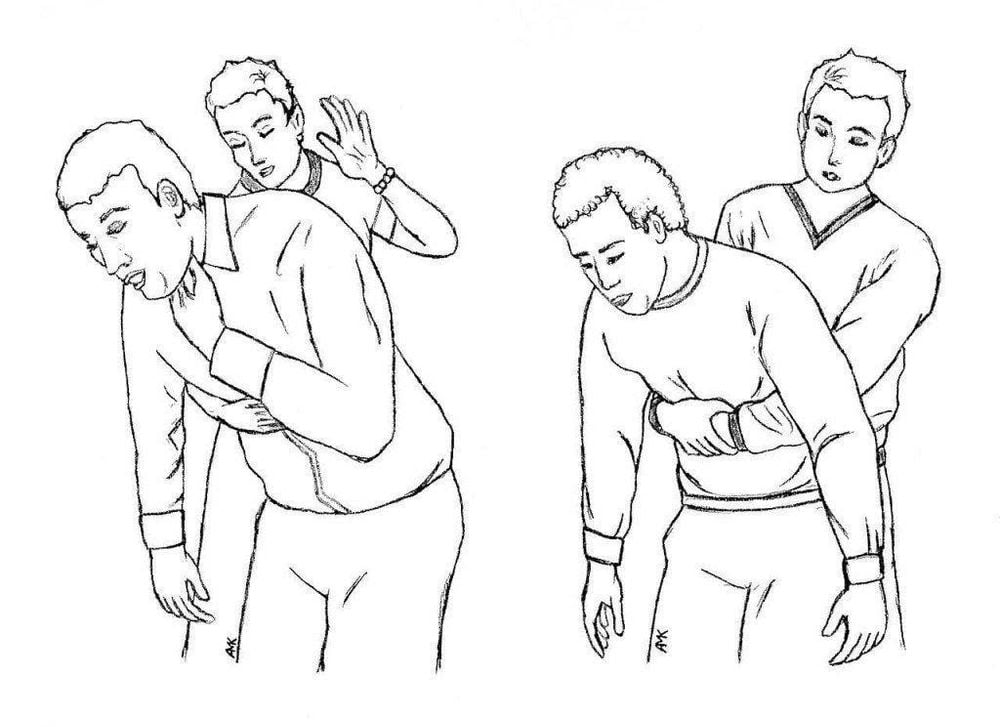
Method 2: The first-aider reaches forward with one arm to support the victim, one hand hits the victim's back (between the shoulder blades) several times to push the foreign body out.
Unconscious victim: Need to put victim on the ground.
The person performing the procedure tilts the victim's head to one side, presses one hand to the epigastric region, the other hand is crossed over this hand, and then pushes strongly from the abdomen to the chest to create force to push the object out. outside.
CPR. Each time the airway is opened, look for the foreign body in the victim's throat and if you can see it, remove it, being careful not to get the object deeper into the victim's throat.
Continue chest thrusts until Paramedics arrive, or the casualty shows signs of breathing.
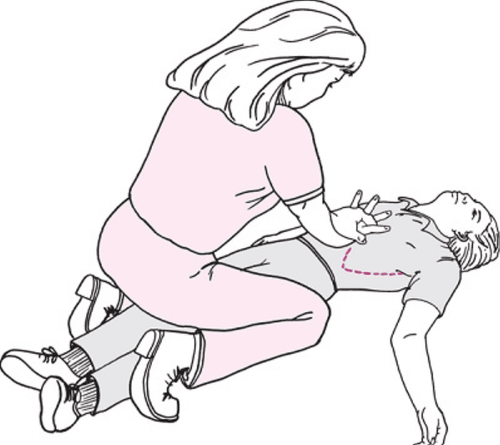
Vinmec International General Hospital is one of the hospitals that not only ensures professional quality with a team of leading medical doctors, a system of modern equipment and technology. The hospital provides comprehensive and professional medical examination, consultation and treatment services, with a civilized, polite, safe and sterile medical examination and treatment space.
Please dial HOTLINE for more information or register for an appointment HERE. Download MyVinmec app to make appointments faster and to manage your bookings easily.





